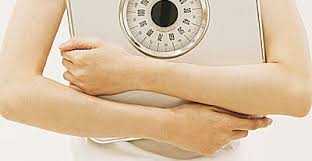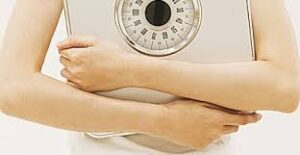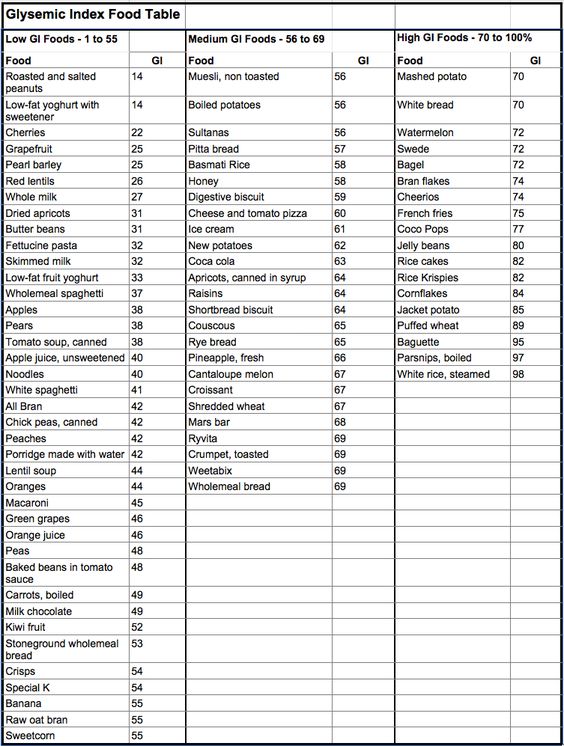
Chhena
-
 Cook Time: 15 Minutes
Cook Time: 15 Minutes -
 Total Time: 15 Minutes
Total Time: 15 Minutes -
 Yield: 350 grams
Yield: 350 grams
Description
Chhena is cheese curds (Cottage cheese) from the Indian subcontinent, made from cow milk by adding food acids such as lemon juice and calcium lactate. It is pressed and further processed to make paneer and used to make desserts such as Khira Sagara, Chhena Kheer, Ras malai, and sweets such as Chhena jalebi, Chhena Gaja, Pantua, Rasgulla, and Sandesh.

Chhena is an incredible source of healthy fat calories with protein, calcium which helps to have healthy strong bones, Vitamin B2, Vitamin B1, which protects nerves, helps carbohydrate metabolism, prevents heart diseases, and helps produce red blood cells. This is ideal to consume during breakfast or snack time. It is loaded with dietary fibres which help in digestion by improving the metabolism and rich sources of protein, slightly higher than Paneer.
Ingredients
|
Instructions
|
Notes
| Instead of lemon juice, you can also use 1 tablespoon (15 ml) of vinegar or 3 tablespoons (45 g) of Curd or 1 tsp of Citric Acid powder (5 g). |
Nutrition
- Serving Size: 4
- Calories: 468 - 470 kcal
- Fat: 14 - 15 g
- Carbohydrates: 48 - 50 g
- Protein: 16 -18 g
Keywords: #HEALTHY






